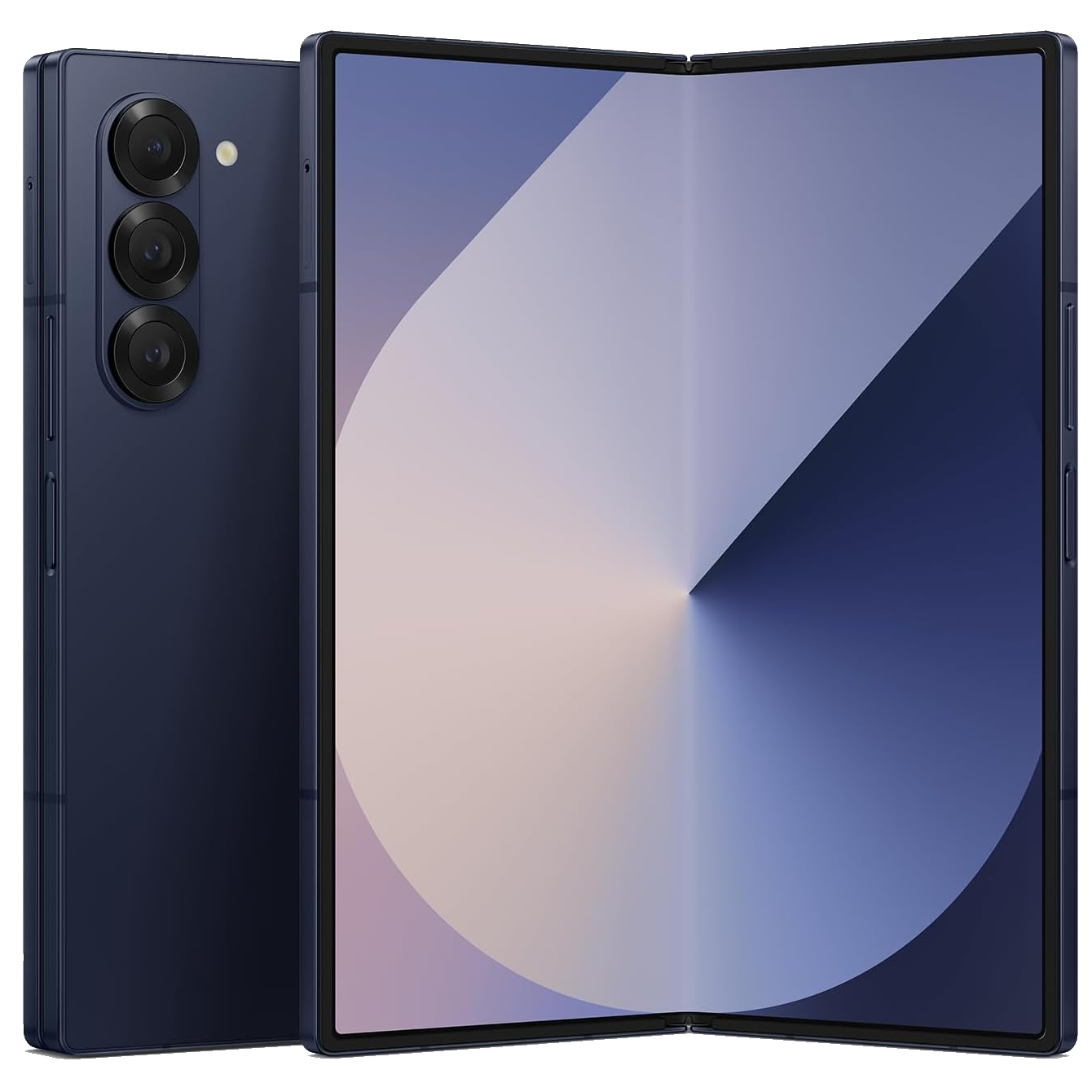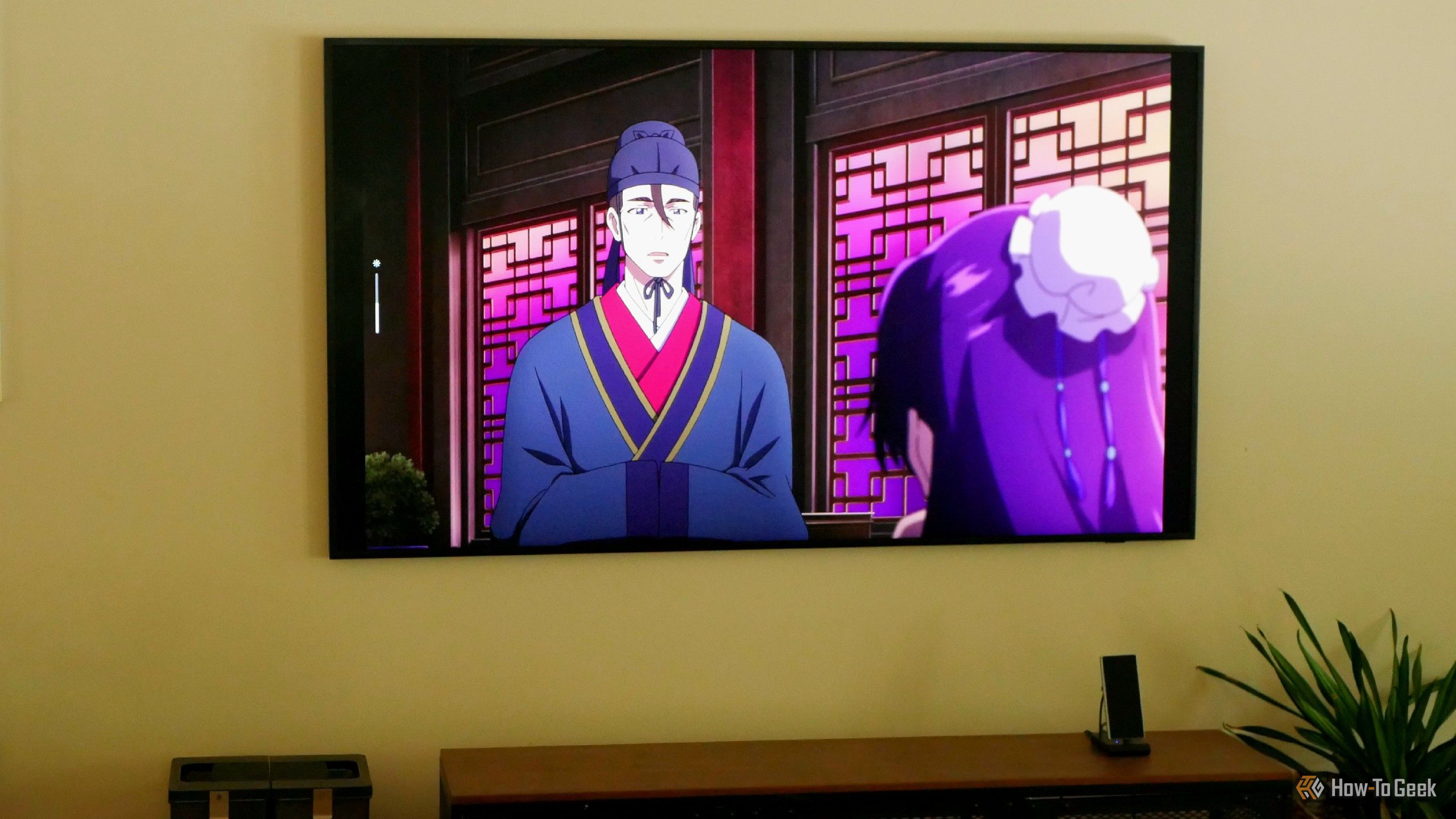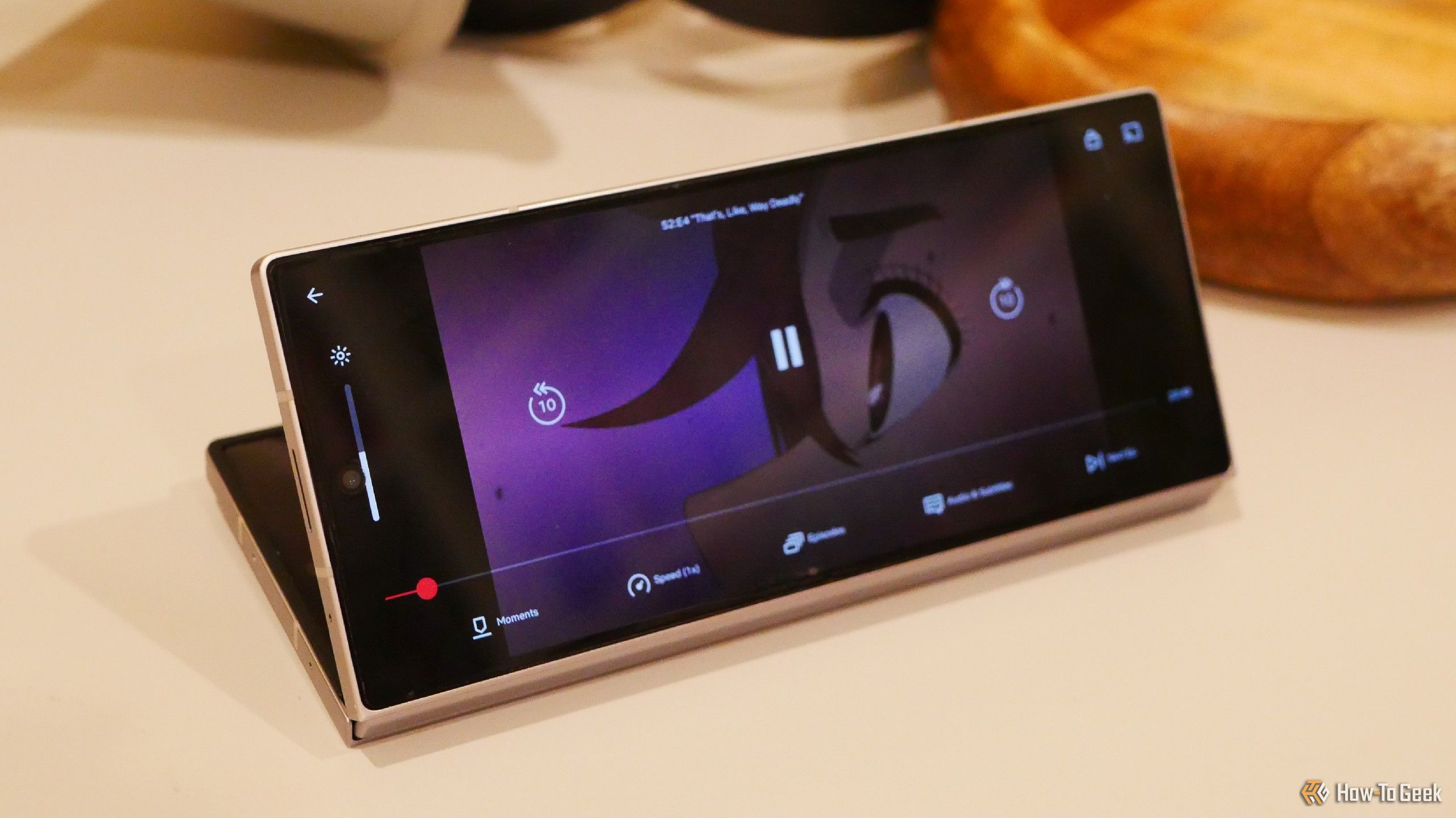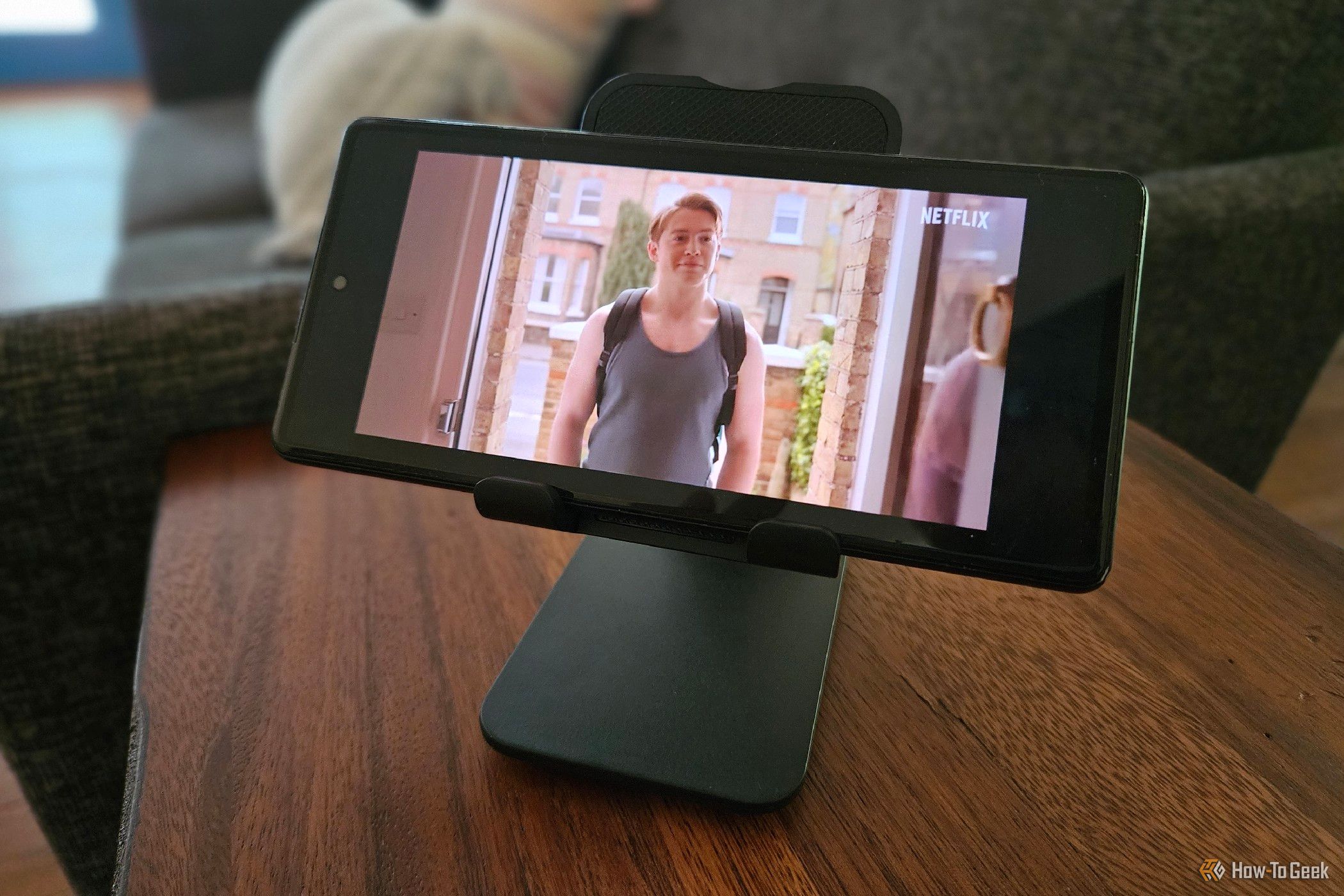When we buy TVs, we try to get the biggest that we can afford. It stands to reason that bigger screens are better for watching videos. Yet time and again, I end up watching more on one of the smallest screens I own.
TVs and Tablets Aren’t There When I Want Them
We don’t have, nor do I want, a TV in every room. I grew up in that kind of home, and it isn’t for me anymore. But that doesn’t mean I never want to watch a product review, a list of games, or someone share what books they read this month from the comfort of my bed.
Our TV stays in the living room. It’s mounted to the wall and not to be moved. It’s no help to me in such situations.
Even tablets are often left lying around wherever they were last used. I can go retrieve it, but often enough, it’s not that serious. My phone’s already right there and much easier to grab.
I Compete With Family for the TV
For some video, I genuinely prefer the TV. There are details I just don’t get to fully appreciate on a smaller screen. TV shows and YouTubers alike film with such valuable cameras at super high-resolutions that can only be noticed on large enough displays.
But I live in a family of four. I can’t take for granted that the TV is available. Even if I play the dad card and take the TV from my kids, that doesn’t mean I want them to hear whatever it is that I’m trying to watch. It’s a safer bet just to pull out my phone and some buds.
My Phone Is Easy to Prop Up
I carry around a Samsung Galaxy Z Fold 6. I’m writing these words on it right now. This book-style foldable phone completely changed how I work, given all that it can do. It has also changed watching video for me.
That’s because anywhere, at any time, my phone can prop itself up. I often leave the device partially unfolded just enough that the cover display is visible at the ideal angle.
My phone may not be a large TV, but it does function as one small and light enough to take anywhere.

- SoC
-
Qualcomm Snapdragon Gen 3 for Galaxy
- Display
-
7.6-inch AMOLED inside display, 6.3-inch AMOLED cover display, both with 120Hz dynamic refresh rate
- RAM
-
12GB
- Storage
-
256GB, 512GB, 1TB
The Samsung Galaxy Z Fold 6 is a foldable smartphone that combines the functionality of a tablet with the convenience of a phone. It features a large, flexible internal screen that automatically picks up where you left off on the cover display.
Tablets Makes Low-Res Video More Obvious
My foldable’s screen is larger than that of most other phones, but that doesn’t mean videos are as large as you might think. They’re bigger than most phones, sure, but only marginally so. There’s a big difference between watching on an 8-inch foldable and an 8-inch tablet, due entirely to the shape of the screen. A phone that opens to a widescreen aspect ratio would be a peculiar phone when closed (that’s not to say I wouldn’t be interested in seeing a flip foldable that opens sideways, because it could still be dope).
A tablet’s larger screen isn’t always a gift. If I start a stream that defaults to 360p, it’s immediately obvious. Bumping that up to 480p or 720p can still leave a video feeling underwhelming. I pay a lot more attention to picture quality when watching on a tablet than on my phone.
Phones Have Incredibly High PPI
A phone has the opposite effect. The high-resolution display combined with a small screen-size leads to there being many pixels per inch packed together. Images that look pixelated on a larger screen look sharp here.
I can watch a low-res video on my phone, and it looks just fine. I can watch more YouTube channels—as this is primarily a YouTube issue for me—without being distracted by picture quality. I’m not immediately picking up on the differences in budget between some channels and others based entirely on the quality of the cameras they’re able to afford.
It doesn’t matter which phone I use, either. My Galaxy Z Fold 6 has a great display, but shows looked sharp on my previous Moto Edge+ 2023 as well. I couldn’t prop that phone up like a foldable, but that was nothing a cheap stand couldn’t fix.
Many Videos Are Just to Listen To
Quite frankly, I’m not trying to actively watch every video I put on. If I’m turning on Netflix or PBS, I want to be in front of the TV. But YouTube? I don’t need to see someone talking into their camera on a 75-inch screen. Even when they cut away to b-roll, that’s just filler. I rarely need to see it to follow along.
So much of YouTube could be described as podcasts with a little extra video flair. This is especially the case with channels that are explicitly video podcasts, like the Vergecast and Waveform. And there’s no way I would want to subject the family to over three hours of a single episode of The WAN Show. We’re a loving family, but such treatment might start to erode this.
Such creations feel best on a small screen paired with Bluetooth earbuds as I go about my day.
I don’t personally watch TikTok or Instagram—but those are elephants in the room. Each is a video platform designed for phones first, and that’s where they fit best. Even Twitch, though it didn’t originally form on phones, isn’t native to TVs either. So much of what we watch isn’t made for the largest screen in our homes. It’s produced with the expectation that we’re pulling out our smallest.


